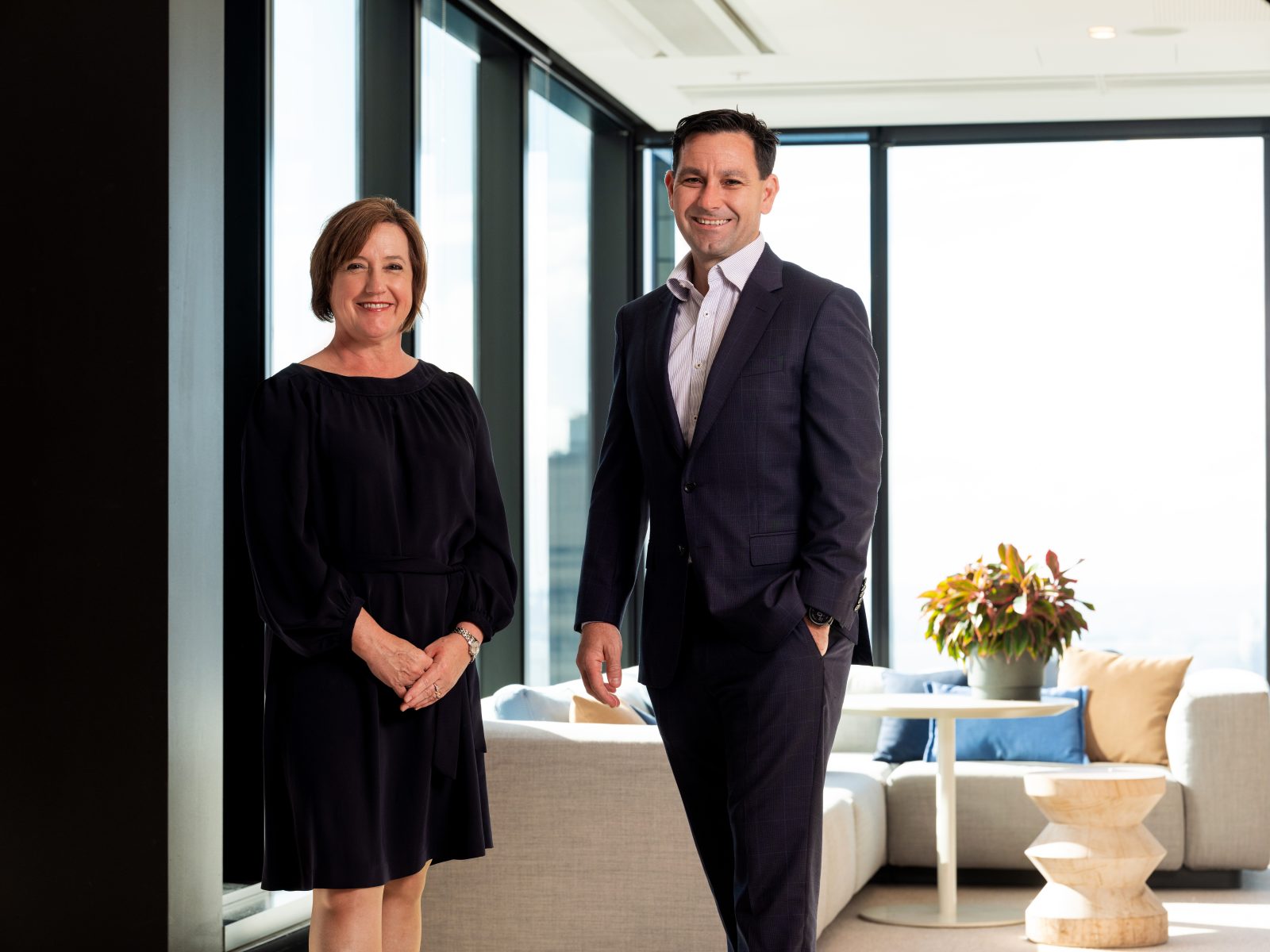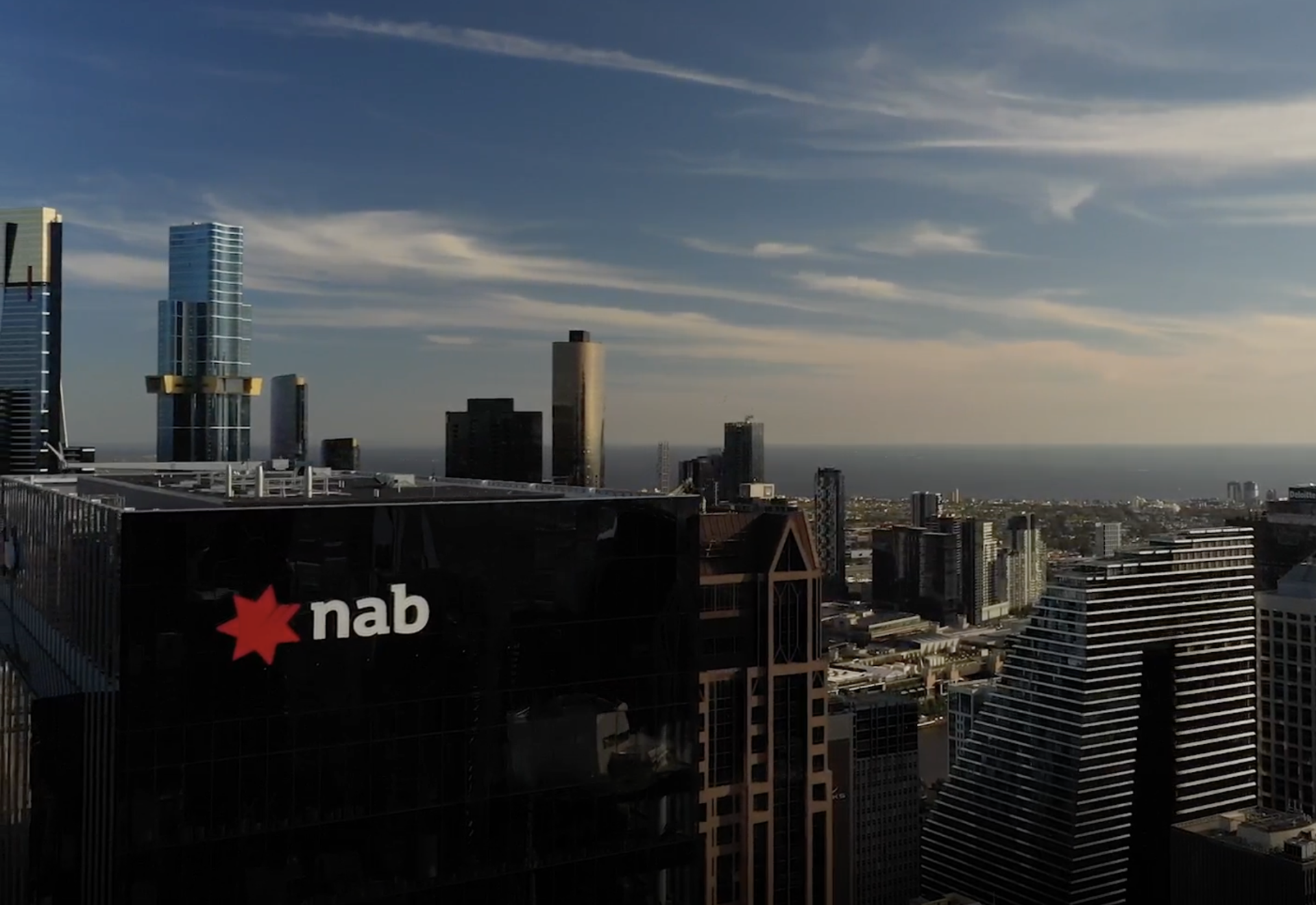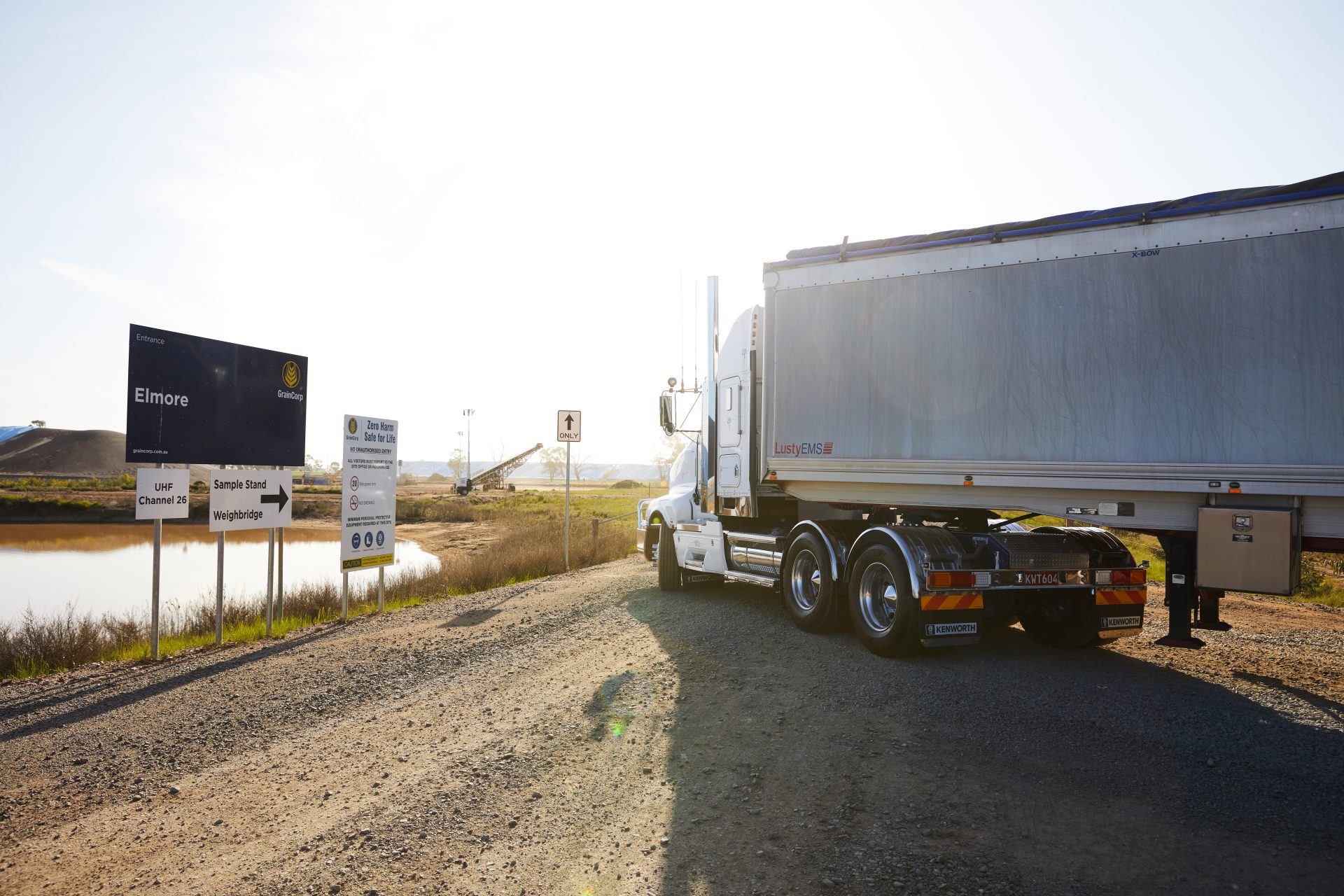In late 2016, months after almost every nation signed the Paris climate Agreement, Investa became one of the first companies in the Australian property sector to announce its net zero ambition.
The group followed up with support in 2018 for a global disclosure framework for climate risks and opportunities called the Taskforce for Climate-related Financial Disclosure (TCFD), and in the following year committed to net zero by 2040 using Science-based Target initiative (SBTi) verification.
Peter Menegazzo, a 17-year Investa veteran who became CEO in 2021, said the business case for a tighter transition schedule than the 2050 pledge in the Paris Agreement “always made sense”.
“In our minds there was never any downside in making those commitments,” he said.
“ESG (environmental, social and governance) was an emerging field and becoming more of a business focus, and given our strategy of running energy-efficient buildings a decade before, we wanted to make sure that we were also at the forefront of ESG.”
Investa did its due diligence to ensure there was a clear pathway to 2040, so the challenge was “more a question of reputational risk than financial risk”.
A self-described progressive real estate investment manager, developer and operator in the office and living sectors, Investa is destined to have $16bn in assets under management after the completion of a large development pipeline.
The company is jointly owned by Oxford Properties Group, which in turn is backed by a large Canadian defined benefit pension plan called OMERS, and Investa Commercial Property Fund (ICPF), an institutional prime office fund with $6bn in assets under management.
The building and construction industry is well aware of the key role it must play in the climate transition given it accounts for 36 per cent of energy consumption, 38 per cent of energy-related carbon emissions and 50 per cent of resource consumption, according to the 2021 status report of the World Green Building Council.
Investa’s net zero target covers direct emissions from sources it owns or controls, such as gas, diesel and refrigerants (Scope 1) and indirect emissions from purchased electricity, heating or cooling which are produced elsewhere (Scope 2).
The largest category of Scope 3 emissions – those emitted indirectly through the value chain; for example, by tenants – falls outside the net, in contrast to other jurisdictions where the asset owner has control over all parts of the building.
This hasn’t stopped Investa from running sustainability meetings with its tenants, which cover areas of mutual interest such as tenant electricity emissions.
“We support them in their net zero goals, and we rely on them to support us in our Scope 3 goals,” Investa general manager of corporate sustainability Margot Black said.
“We’re finding the tenants, large and small, are constantly looking to us to support them in their ESG ambitions (including net zero pathways).
“Our buildings are also part of their emissions, so we provide tenants with building consumption data and use the building’s sustainability committees and initiatives to reduce building emissions and waste.”
The company’s confidence in its ability to deliver net zero emissions grew to a point in 2021 where it brought the Scope 1 and 2 target forward from 2040 to 2025.
In Investa’s 2023 ESG report, Mr Menegazzo said the company was on track to meet the revised timeline after a 77 per cent reduction in Scope 1 and Scope 2 emissions intensity since 2015.
Another key milestone was 60 per cent of managed assets powered by 100 per cent renewable electricity, representing a 34 per cent reduction in electricity intensity in its buildings.
Collaboration also continued with customers and suppliers to drive down Scope 3 emissions.
As to new buildings, Investa has created a net-zero pathway to cut embodied emissions in the materials it uses.
“New developments are more challenging because nothing can compete with re-using the existing built form, Mr Menegazzo said.
“One of the areas of focus is to appropriately future-proof our assets by refurbishing and using the existing built form for as long we can.
“It’s the trend that we’re seeing overseas.”
While the industry lays the groundwork for a greener, lower-carbon future, some players are more concerned about the present – the overlay of a range of factors which have the potential to create a perfect storm.
In no particular order, they include the relentless rise in global interest rates, higher vacancy rates and lower valuations for office buildings due to the working-from-home phenomenon[TBD1] [AW2] , and the cost of green upgrades.
The fear is the creation of a class of stranded buildings.
Mr Menegazzo said Investa’s focus on the quality end of the office market made it less exposed to the ravages of any downturn.
“We’re finding that our portfolio is a lot more resilient – it’s better quality, has leading ESG credentials, and we make a very big deal of it when we talk to our tenants about why we run the buildings in that particular way; that is, how we procure our power and how we divert our waste to recycling,” he said.
“So yes, there’s a flight to quality if you’re talking about office, and there’s very much a focus on ESG.
“It means you have to commit to the right buildings for the right reason, not just because it has the best possible rent equation.”
As the first in the industry to commit to net zero using the SBTi methodology, and the first Australian real estate company to commit to the TCFD, Investa has also benefited from the increasing availability of green financing.
NAB has provided green finance for some of the company’s development facilities, and ICPF, which is the company’s largest open-ended fund, is 83 per cent green-financed with a commitment to raise the level to 100 per cent.
The Investa Gateway Office fund has achieved its 100 per cent green finance target.
Mr Menegazzo said you can’t attend any meeting with an existing or prospective investor without having ESG as part of the conversation.
“ESG has become a must-have – definitely on the equity capital side but equally for banks as to who they’re lending to,” he said.
“Whether it’s banking or the non-bank lending market, it’s essential to have a very sound ESG approach.”







